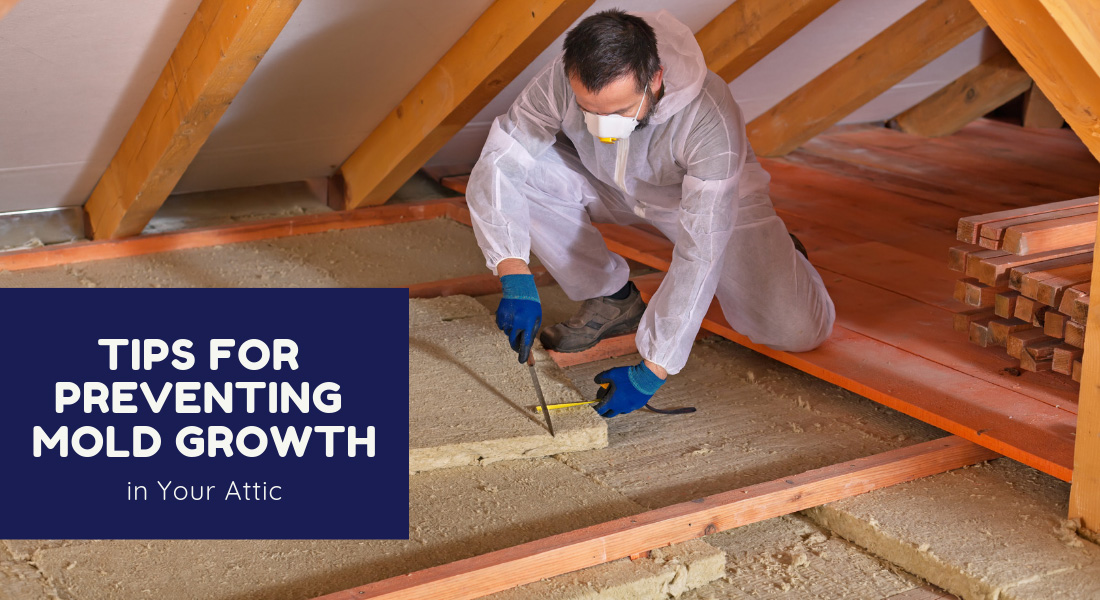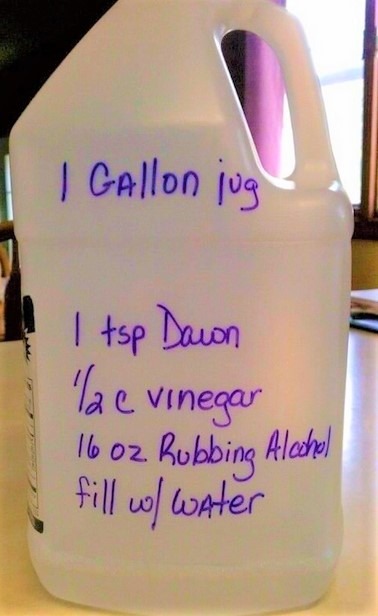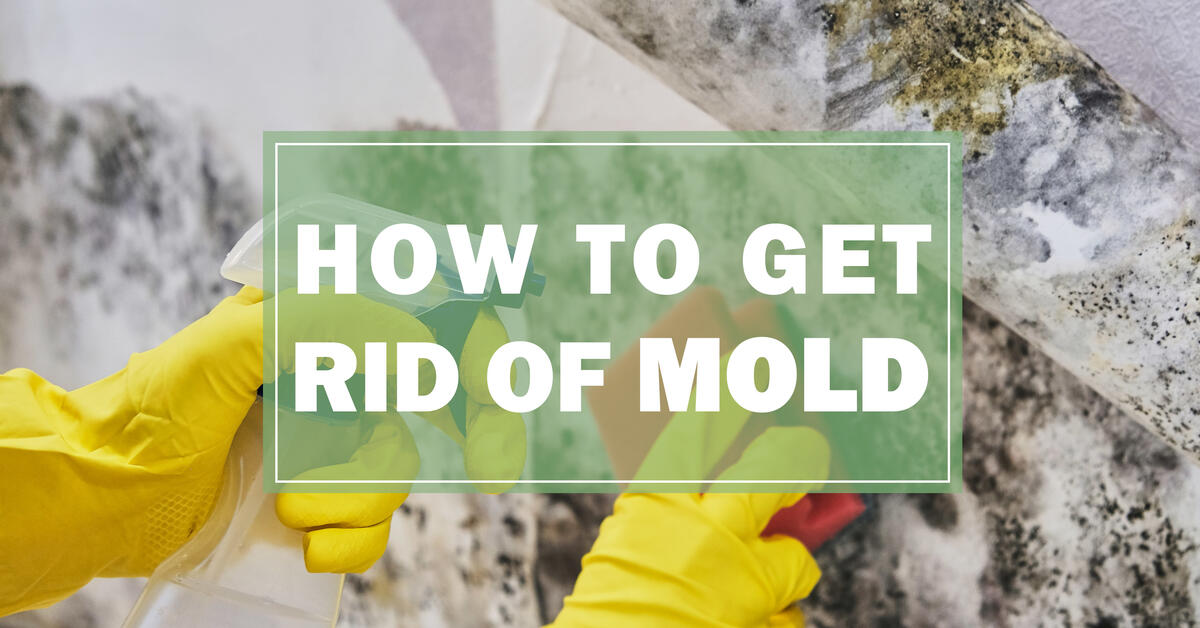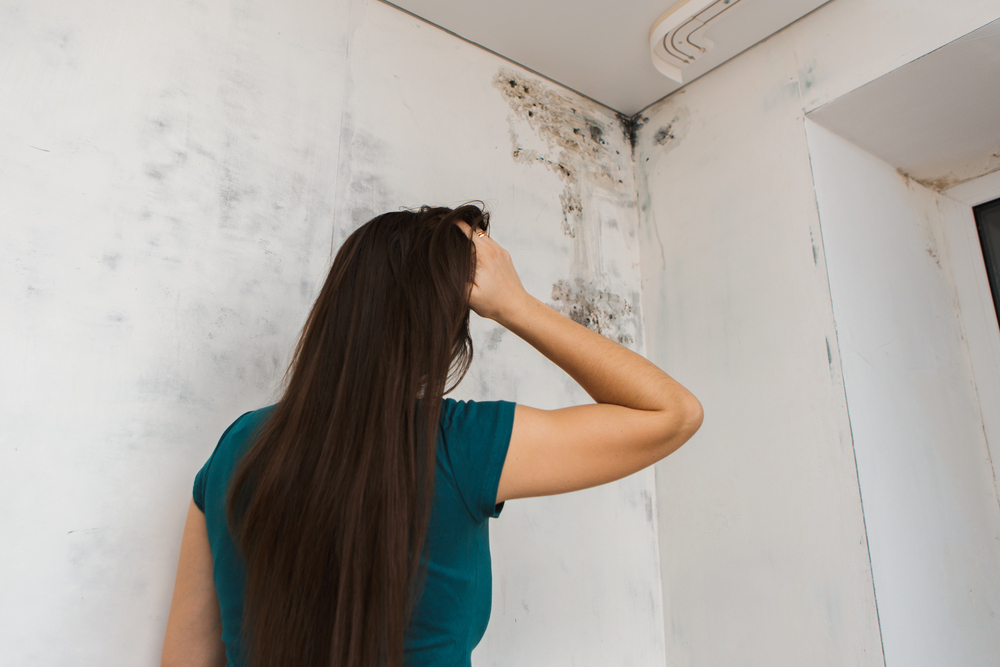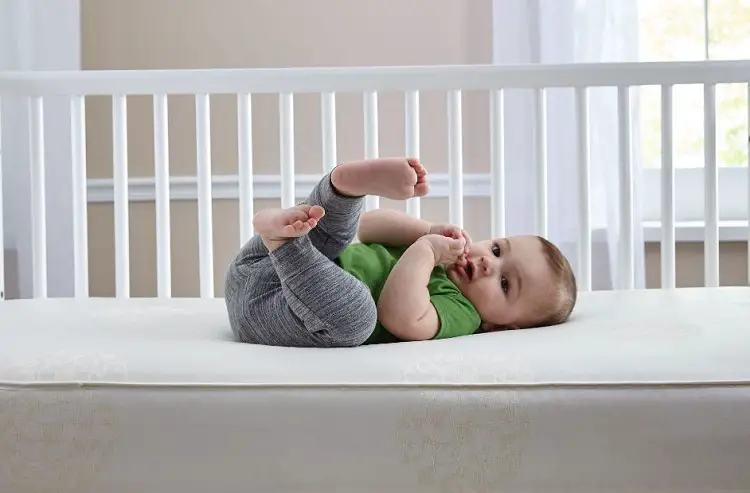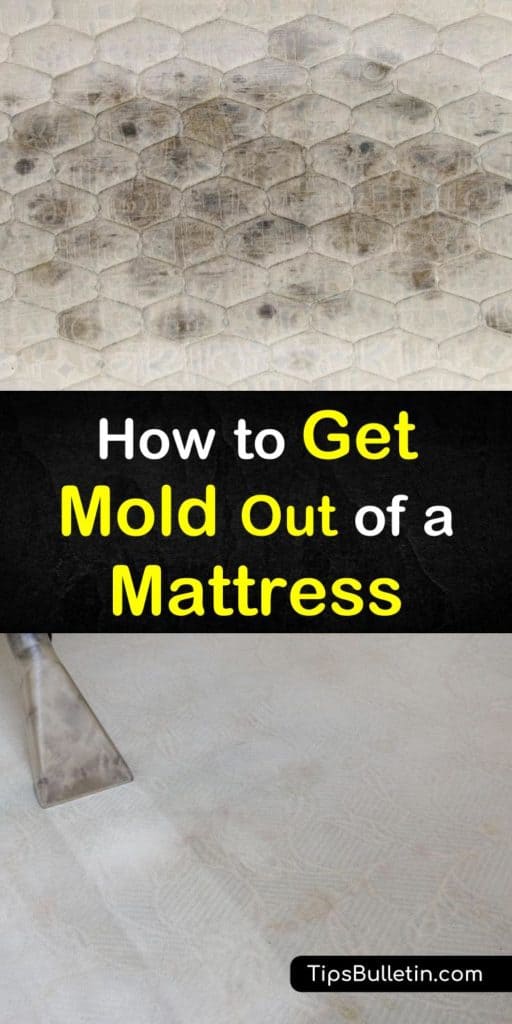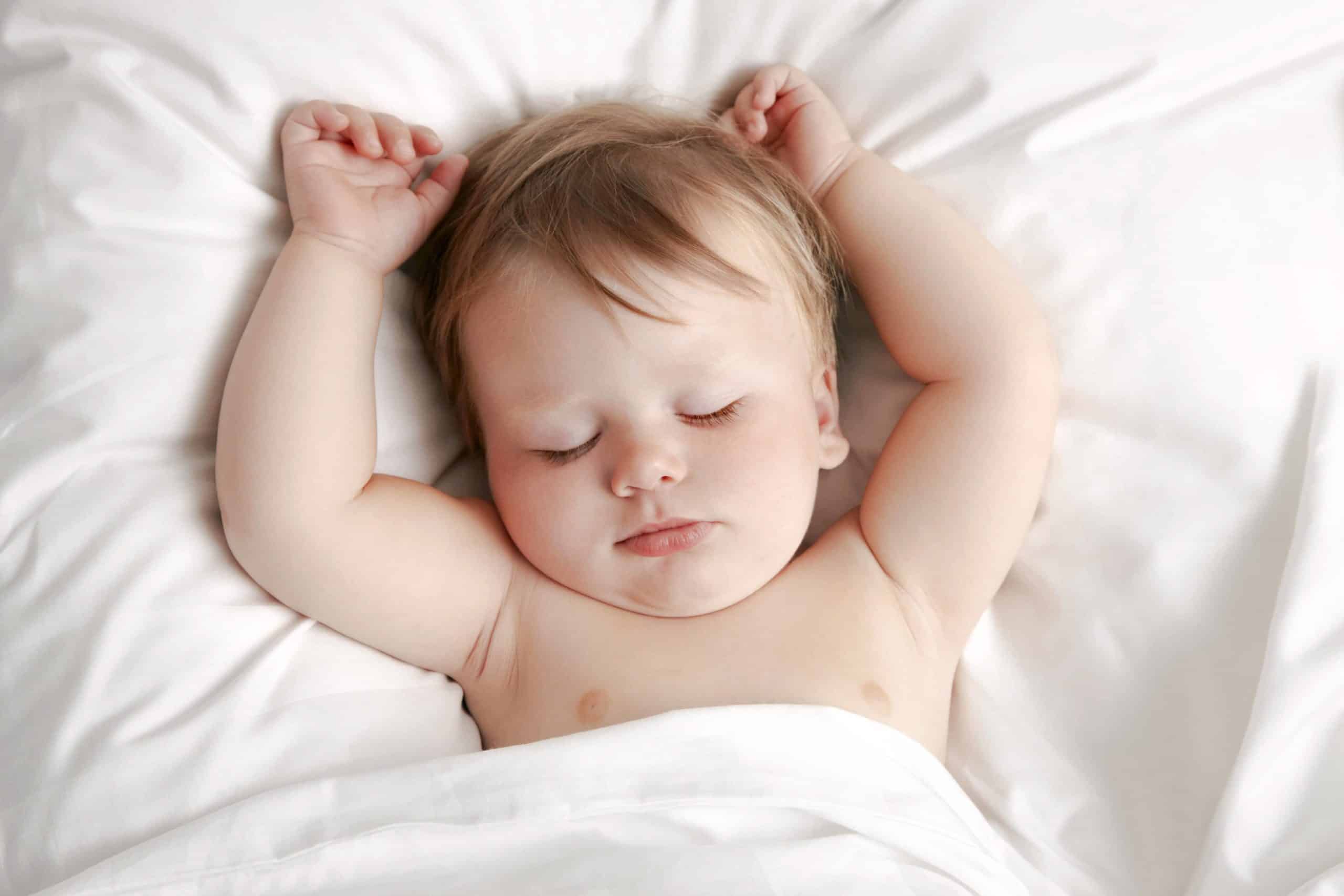How to Remove Mold from a Crib Mattress
Mold can be a common problem for crib mattresses, especially if they are not properly cared for. It not only looks unsightly, but it can also pose a health risk to your baby. If you have discovered mold on your crib mattress, don't panic. There are steps you can take to effectively remove the mold and ensure your baby has a safe and healthy sleeping environment.
To begin with, it is important to identify the type of mold on your crib mattress. Some types of mold can be hazardous to your health, while others are less harmful. If you are unsure, it is best to seek professional help in identifying and removing the mold. However, if you are confident in handling the situation yourself, here are some steps to follow:
Signs of Mold on a Crib Mattress
Before we go into the removal process, it is important to know the signs of mold on a crib mattress. The most obvious indication is the visible growth of mold. It can appear as black, green, or white spots on the mattress. You may also notice a musty odor coming from the mattress, which is a clear sign of mold growth. If your baby has been experiencing unexplained allergies or respiratory issues, it could also be a sign of mold on the mattress.
Preventing Mold Growth on a Crib Mattress
Prevention is always better than cure, and this applies to mold on a crib mattress as well. To prevent mold growth, make sure to keep the mattress clean and dry at all times. Use a waterproof mattress cover to protect the mattress from spills and accidents. Allow the mattress to air out regularly and avoid placing it in a damp or humid environment. Also, make sure to check the mattress regularly for any signs of mold growth.
DIY Mold Removal for Crib Mattresses
If you have discovered mold on your crib mattress, the first step is to remove it yourself. Start by vacuuming the mattress thoroughly. Then, mix a solution of equal parts water and vinegar. Dip a clean cloth into the solution and gently scrub the affected area. Once the mold is removed, wipe the area with a clean, damp cloth and allow the mattress to air dry completely. You can also use a mixture of water and hydrogen peroxide as an alternative to vinegar.
Using Natural Remedies to Get Rid of Mold on a Crib Mattress
If you prefer to use natural remedies, there are several options available to remove mold from a crib mattress. Tea tree oil, grapefruit seed extract, and vinegar are all effective in killing mold. Simply mix a few drops of any of these ingredients with water and apply it to the affected area. Let it sit for a few minutes before wiping it off with a clean cloth. These natural remedies are safe for your baby and will also help to prevent future mold growth.
Professional Mold Removal for Crib Mattresses
If the mold on your crib mattress is extensive or if you are unsure about handling the situation yourself, it is best to seek professional help. A professional mold removal service will have the necessary equipment and expertise to effectively remove the mold without causing any damage to the mattress. They will also be able to identify the type of mold and take the necessary precautions to ensure it does not come back.
Health Risks of Mold on a Crib Mattress
The presence of mold on a crib mattress can pose various health risks to your baby. Mold can cause allergies, respiratory issues, and even infections. In severe cases, it can also lead to neurological problems. It is important to address the issue as soon as possible and take the necessary steps to prevent mold growth in the future.
How to Clean and Disinfect a Crib Mattress
In addition to removing the mold, it is essential to clean and disinfect the crib mattress thoroughly. Once the mold is removed, use a mixture of mild detergent and warm water to clean the mattress. Then, disinfect the mattress using a solution of equal parts water and white vinegar. Allow the mattress to air dry completely before placing it back in the crib.
Replacing a Moldy Crib Mattress
In some cases, the mold on a crib mattress may be too extensive to remove, or the mattress may be too old and in need of replacement. If this is the case, it is important to invest in a new crib mattress for your baby's safety. Make sure to properly clean and maintain the new mattress to prevent mold growth in the future.
Proper Storage of Crib Mattresses to Prevent Mold Growth
To prevent mold growth on your crib mattress, it is important to store it properly when not in use. Make sure to clean and dry the mattress thoroughly before storing it. It is also essential to store the mattress in a dry and well-ventilated area. Avoid storing it in damp or humid places, such as a basement or garage, as this can promote mold growth.
In conclusion, mold on a crib mattress is a common problem that can be easily remedied with the right steps. By following these tips, you can effectively remove mold from a crib mattress and prevent it from coming back. Always prioritize the safety and health of your baby and take the necessary precautions to maintain a clean and mold-free sleeping environment.
The Dangers of Mold on Your Crib Mattress and How to Handle It

Understanding Mold Growth on Crib Mattresses
 A crib mattress is an essential item for every nursery, providing a safe and comfortable sleeping surface for your little one. However, with constant use and exposure to moisture, mold can start to grow on the surface of the mattress. This can not only cause a musty odor but also poses serious health risks to your baby. Mold growth can lead to respiratory issues, allergies, and even infections. Therefore, it is crucial to address this issue as soon as possible to ensure the safety and well-being of your child.
A crib mattress is an essential item for every nursery, providing a safe and comfortable sleeping surface for your little one. However, with constant use and exposure to moisture, mold can start to grow on the surface of the mattress. This can not only cause a musty odor but also poses serious health risks to your baby. Mold growth can lead to respiratory issues, allergies, and even infections. Therefore, it is crucial to address this issue as soon as possible to ensure the safety and well-being of your child.
Causes of Mold Growth on Crib Mattresses
 Mold thrives in damp and dark environments, making your baby's crib mattress the perfect breeding ground. Factors such as spills, leaks, or high humidity levels in the room can contribute to mold growth on the mattress. Additionally, if the mattress is not properly cleaned and dried, any moisture left behind can lead to mold growth. This is especially true for organic materials such as cotton or foam, which are commonly used in crib mattresses.
Mold thrives in damp and dark environments, making your baby's crib mattress the perfect breeding ground. Factors such as spills, leaks, or high humidity levels in the room can contribute to mold growth on the mattress. Additionally, if the mattress is not properly cleaned and dried, any moisture left behind can lead to mold growth. This is especially true for organic materials such as cotton or foam, which are commonly used in crib mattresses.
How to Identify Mold on Your Crib Mattress
 Mold on a crib mattress may appear as black or green spots on the surface, or it may even be hidden underneath the fabric. If you notice a musty odor or any discoloration on the mattress, it is essential to inspect it for mold. Keep in mind that mold can also grow on the underside of the mattress, so be thorough in your inspection.
Mold on a crib mattress may appear as black or green spots on the surface, or it may even be hidden underneath the fabric. If you notice a musty odor or any discoloration on the mattress, it is essential to inspect it for mold. Keep in mind that mold can also grow on the underside of the mattress, so be thorough in your inspection.
Steps to Handle Mold on Your Crib Mattress
 If you discover mold on your baby's crib mattress, it is crucial to take immediate action. The first step is to remove the mattress from the crib and place it in a well-ventilated area. Next, use a vacuum with a HEPA filter to carefully remove any visible mold from the surface. Then, mix a solution of equal parts water and
white vinegar
and spray it onto the affected area. Let it sit for 15-20 minutes before wiping it off with a clean cloth.
Baking soda
is also an effective natural remedy for mold. Sprinkle some over the affected area and let it sit for a few hours before vacuuming it off.
If you discover mold on your baby's crib mattress, it is crucial to take immediate action. The first step is to remove the mattress from the crib and place it in a well-ventilated area. Next, use a vacuum with a HEPA filter to carefully remove any visible mold from the surface. Then, mix a solution of equal parts water and
white vinegar
and spray it onto the affected area. Let it sit for 15-20 minutes before wiping it off with a clean cloth.
Baking soda
is also an effective natural remedy for mold. Sprinkle some over the affected area and let it sit for a few hours before vacuuming it off.
Preventing Mold Growth on Your Crib Mattress
 To prevent mold from growing on your baby's crib mattress, it is essential to keep it clean and dry at all times. Use a waterproof mattress cover to protect it from spills and leaks. If your child has an accident, be sure to clean and dry the mattress thoroughly. It is also recommended to regularly rotate and air out the mattress to prevent moisture buildup.
To prevent mold from growing on your baby's crib mattress, it is essential to keep it clean and dry at all times. Use a waterproof mattress cover to protect it from spills and leaks. If your child has an accident, be sure to clean and dry the mattress thoroughly. It is also recommended to regularly rotate and air out the mattress to prevent moisture buildup.
Final Thoughts
 Mold on a crib mattress is not only unsightly but also poses serious health risks to your baby. By following these steps and taking preventative measures, you can ensure a safe and healthy sleeping environment for your little one. Remember to inspect the mattress regularly and take prompt action if you notice any signs of mold growth. Your child's health and well-being should always be a top priority.
Mold on a crib mattress is not only unsightly but also poses serious health risks to your baby. By following these steps and taking preventative measures, you can ensure a safe and healthy sleeping environment for your little one. Remember to inspect the mattress regularly and take prompt action if you notice any signs of mold growth. Your child's health and well-being should always be a top priority.



























